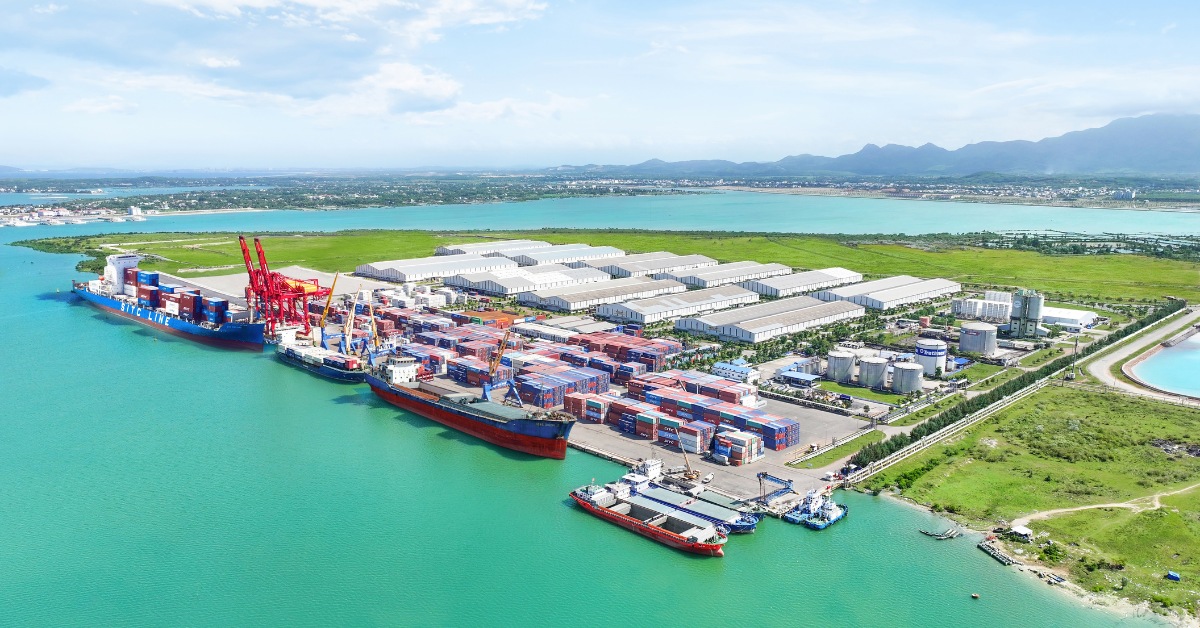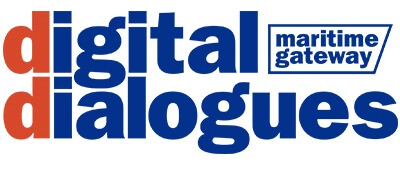Regional Container Lines (RCL), a container shipping company based in Bangkok, and Chu Lai Port, which is owned by Truong Hai International Logistics Limited Liability Company (THILOGI), a part of the Truong Hai Group, signed a collaboration agreement to begin a direct call service from Chu Lai to India on May16. The Chu Lai–India shipping line opened that same day when the Chana Bhum, a Singapore-flagged ship run by RCL, arrived at Chu Lai Port.
Nearly 800 containers of import and export cargo, such as clothing, furniture, agricultural products, and spare parts, were transported from Vietnam to India and back again by the Chana Bhum. With about 80% of Vietnam’s total export revenue going to South Asia, India is currently its biggest trade partner in the region, with agricultural products making up the majority of its commodity group. In addition to fostering the production and development of agricultural products in the central region, Central Highlands, Southern Laos, and Northern Cambodia, the Chu Lai–India route offers two monthly trips, which create favorable conditions for businesses to export goods to the Indian market and nations like China, the Republic of Korea, and Japan.
By avoiding the main transshipment ports in northern and southern Vietnam, the direct call service helps to decrease transportation time, lower costs, and boost competitiveness. In addition, it creates supply chains, encourages logistics, expands trade prospects, improves regional connectivity, and elevates Chu Lai Port’s standing on the global marine map. Additionally, THILOGI announced the completion of the dredging of the Ky Ha shipping channel with a ceremony on May 16.
Following dredging, the Ky Ha shipping channel satisfies technical specifications to accommodate ships up to 30,000 DTW in capacity. Built and opened in May 2012, Chu Lai International Port is situated in the central province of Quang Nam, in the Chu Lai Open Economic Zone. The 140-hectare port is an important component of the multimodal transport concept and acts as a trading gateway for commodities in central Vietnam. It is an important center on the East-West Economic Corridor and provides easy access to major highways, airports, and train stations.









